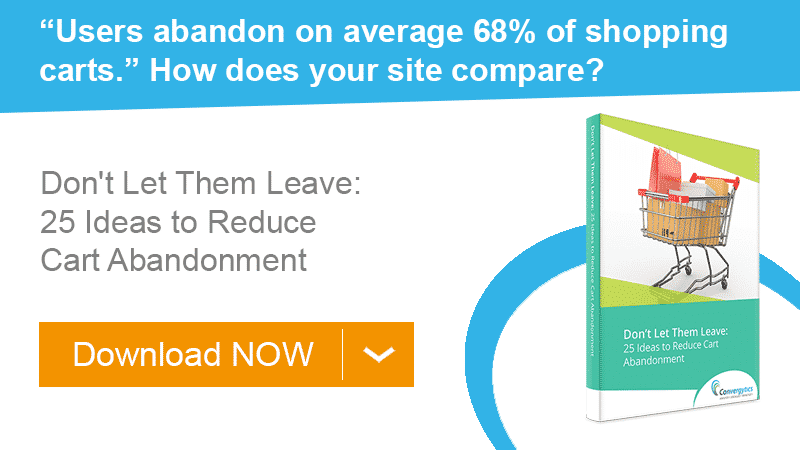 More targeted traffic, better e-commerce conversion rates and increased basket size, are the trinity of e-commerce. Conversion is the centerpiece and the most important member of this trinity. How can you leverage existing data to increase conversion rate?
More targeted traffic, better e-commerce conversion rates and increased basket size, are the trinity of e-commerce. Conversion is the centerpiece and the most important member of this trinity. How can you leverage existing data to increase conversion rate?
If your user-flow, drop-off rate spikes at certain pages on your website, then that’s a good place to start your optimisation tweaks. You don’t need to know much about CRO to know that drop off rate is a key indicator that your conversions could improve with a little A/B testing.
The real work comes when you’ve gone through all the obvious on-site tweaks and still need to improve your e-commerce conversion rate. Here are some of the key areas that businesses focus on for big, quick gains as well as incremental improvements:
- Bounce Rate – Purchase website traffic from good sources and monitor conversion from different sources using your preferred analytics tool (Source/Acquisition Reports). If it’s cheap, it may be spam or interruptive marketing that does not capture traffic in the ‘ready to buy’ state.
- Click Through Rate – Product / Landing pages that have poor CTR may not present all the information customers need. Create buyer personas and answer every question your customer could have before they go somewhere else.
- Average Order Value – Most customers shopping online would rather buy from one supplier to save on shipping, waiting for deliveries and many other reasons. This gives you an amazing opportunity to cross-sell products that your customer is likely to want or need.
- Cost Per Acquisition – Cross selling can improve your CPA, but retaining customer data gives you the opportunity to sell to that customer many times over. Collect customer contact information for email marketing campaigns and use Google remarketing or Facebook retargeting to recapture those sales that got away.
Improving Key Metrics
Many design features affect the key metrics listed above, but few are as important as serving products to the customer as efficiently as possible. Better product tagging can improve search results for users. Any use of your site search tool is a clear indication of buyer intent.
Make sure your search tool is prominent and tag products with common misspellings for search purposes. User thumbnails or specific product images for search results wherever possible. Go through your buyer personas and explore the results achievable on the paths to goal completion. Sales paths are not always linear online. Cross-sell to increase online sales and average order value. Amazon always lets customers know what items customers regularly buy together or what items complement other products.
Key takeaway: Focus on user experience. Buy traffic that wants to be there and reduce cart abandonment by anticipating the customer’s next move. Do this by providing the information or additional products they need without performing additional searches.
User Experience is Key to Increased E-Commerce Conversion Rate
Just like offline retail sales, your online retail success depends on the quality of the customer experience. Many online marketing consultants cite UX (user experience) as the make or break element of any sales funnel. Some conversion optimization services focus solely on UX and because traffic will convert if you provide what your traffic wants. Dwell time (the time spent on a page) and CTR combine to give you good KPIs because it tells you if customers find what they want easily.
Key takeaway: Use heat maps, user testing and competitor benchmarking studies to track user interaction with your site and improve the user experience by making the buyer journey smoother.
Test and Test Again
Testing is the most important element of any optimization process. You can only make incremental improvements in your conversion rate if you monitor your data after each change. Changing too much at one time will not give you actionable data. Make a small change and test the results. When you are satisfied that you have an improvement move on to the next tweak.
More detailed KPIs will present themselves at a much lower level than we’ve suggested here and these will become more obvious as your e-commerce platform develops into a high converting sales tool. Regardless of the improvements, your e-commerce conversion rate success will always depend on consistent and methodical testing.

